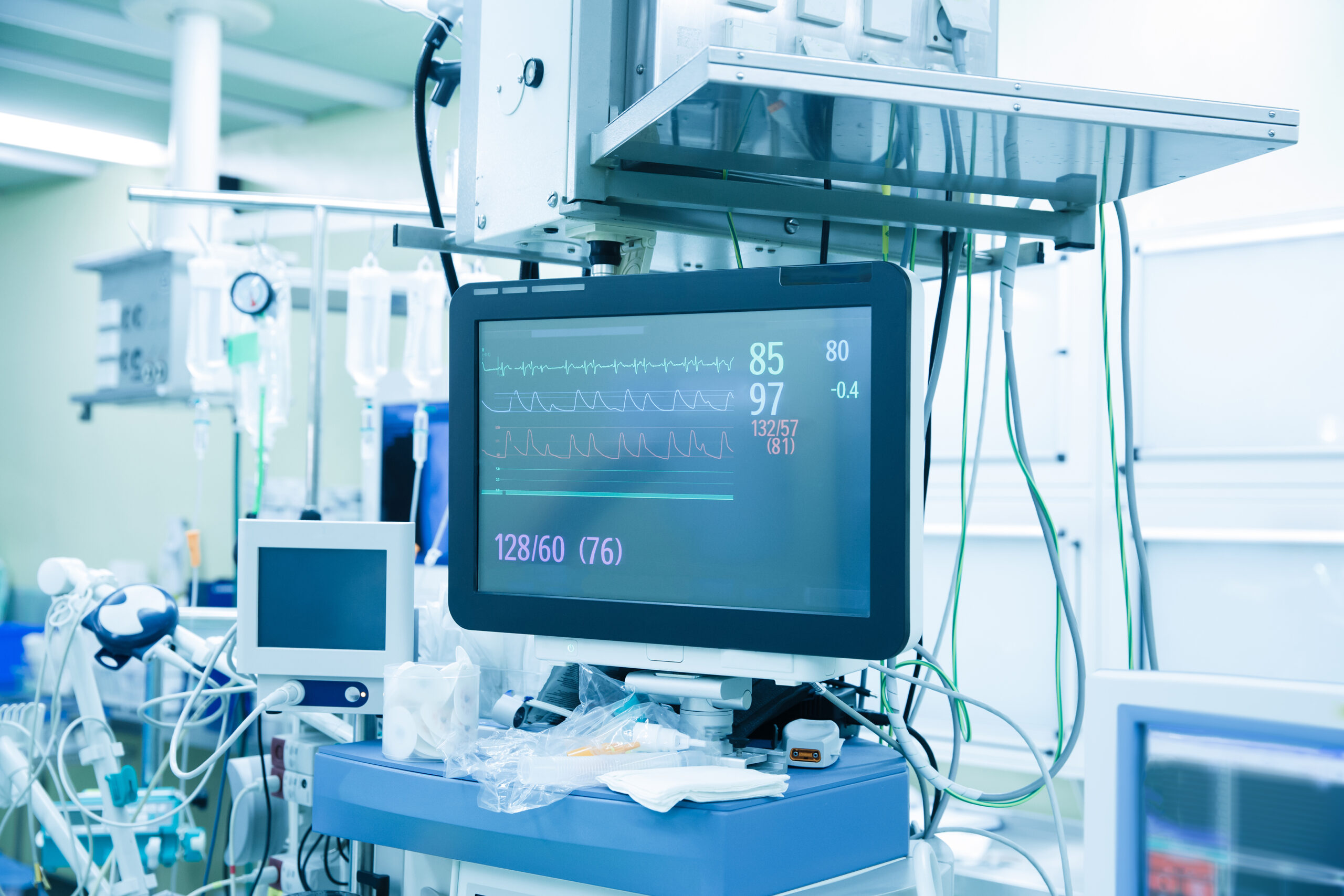The perioperative space no stranger to technological advancements and innovations. Over the past few decades, anesthesia has witnessed a dramatic transformation, driven largely by the introduction and implementation of automation. Automations in perioperative care have not only refined the precision of anesthetic delivery but have also greatly enhanced patient safety, efficiency, and overall outcomes.
Historical Overview
Historically, anesthesia was a manual practice. The anesthetist would need to gauge the dose and rate of anesthetic agents by intuition, experience, and constant monitoring. The margin for error was significant. It wasn’t uncommon for patients to experience unexpected awareness or, conversely, overly deep levels of anesthesia with their associated risks. The need for precise delivery and monitoring led to the advent of technologies and systems that could aid anesthesia providers in their critical role.
Modern Automated Systems
Today’s automated anesthesia machines come equipped with sophisticated algorithms and monitoring systems. These devices can adjust the delivery of anesthetic agents in real-time based on a patient’s physiological parameters. For instance, Target Controlled Infusion (TCI) systems utilize pharmacokinetic and pharmacodynamic models to continuously adjust the infusion rate of intravenous anesthetic agents to achieve and maintain a desired drug concentration in the patient’s bloodstream.
Additionally, advanced ventilators can now adjust to the patient’s respiratory needs with adaptive support ventilation, ensuring optimal oxygenation and ventilation while reducing the risks associated with manual adjustments.
Enhanced Patient Safety
One of the primary advantages of automation in anesthesia is the enhancement of patient safety. Modern systems are equipped with a plethora of alarms and notifications designed to alert the anesthetist of any deviations from the norm. Be it oxygen saturation, end-tidal CO2, or hemodynamic parameters, these automated alerts allow for quicker response times to potential complications.
Moreover, closed-loop systems have emerged where the anesthesia machine can adjust drug doses or ventilation parameters automatically, in response to real-time physiological feedback, reducing the chances of human error in drug administration or ventilation adjustments.
Efficiency and Consistency
Automation also brings about efficiency in anesthesia delivery. In busy surgical suites where multiple operations occur simultaneously, an automated anesthesia system can maintain consistent anesthetic levels, freeing the anesthetist to attend to other critical aspects of patient care. Such consistency is especially important in longer surgeries where even minor fluctuations in anesthetic depth can have ramifications for patient recovery.
Challenges and Concerns
While the benefits are numerous, it’s essential to address the challenges and concerns associated with automations in anesthesia. Relying too heavily on automated systems may lead to a degradation in the clinical skills of newer anesthetists. They may become too dependent on the technology, potentially missing out on the nuances of patient care that machines can’t detect.
Furthermore, as with all technological systems, there’s the potential for malfunctions. System errors, software glitches, or hardware failures can jeopardize patient safety. Therefore, it remains crucial for anesthetists to be adequately trained in both the technology and traditional methods, ensuring a holistic approach to patient care.
Future Perspectives
The future of automations in anesthesia is bright. As technologies continue to evolve, we can anticipate even more advanced systems that further bridge the gap between machine and human intelligence. With the integration of artificial intelligence, machine learning, and predictive analytics, the next generation of anesthesia machines might predict patient responses to anesthetics and adjust doses even before any significant physiological change is detectable.
Conclusion
In conclusion, the integration of automation in anesthesia has revolutionized the domain, bringing about enhanced precision, safety, and efficiency. However, the balance between technology and human intervention remains pivotal. As the technology continues to advance, anesthetists must remain at the helm, guiding, monitoring, and intervening when necessary to ensure the highest standards of patient care.
